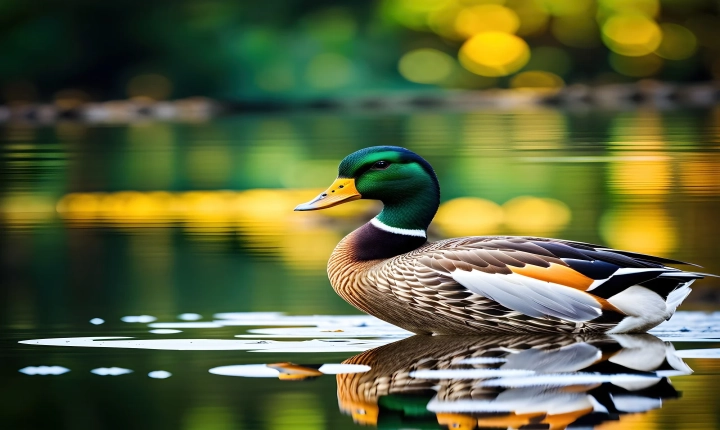Title: How to Write Effective Prompts for AI Image Generation
As artificial intelligence (AI) continues to advance, one of the most intriguing applications is AI image generation. Generative adversarial networks (GANs) and other AI models can create realistic and high-quality images based on prompts provided by users. However, crafting effective prompts for AI image generation is crucial to obtaining the desired results. In this article, we will explore the key considerations for writing prompts that yield impressive and relevant AI-generated images.
Understand the AI Model’s Capabilities: Before crafting prompts for AI image generation, it’s essential to have a good understanding of the capabilities of the AI model you are working with. Different models may excel at generating specific types of images, such as landscapes, animals, or human faces. Understanding the strengths and limitations of the AI model will help in formulating prompts that align with its abilities.
Be Specific and Detailed: Clear and detailed prompts can significantly impact the quality of AI-generated images. Instead of using vague instructions, provide specific details about the desired image, such as color palette, subject matter, composition, and mood. The more precise the prompt, the more likely the AI will produce an image that meets the criteria.
Incorporate Visual References: Adding visual references can be incredibly helpful in conveying the desired aesthetic or style for the AI-generated image. Providing links to relevant images, artworks, or photographs can assist the AI in understanding the visual elements and characteristics that should be incorporated into the generated image.
Consider Context and Concept: When writing prompts for AI image generation, consider the context or concept behind the desired image. Whether it’s a futuristic cityscape, a magical forest, or a retro-inspired portrait, conveying the overarching concept in the prompt can help the AI in creating more contextually relevant images.
Use Evocative Language: Using evocative language and descriptive terms can enhance the prompt and stimulate the AI’s creative process. Phrases such as “vibrant sunset hues,” “ethereal mist,” or “timeless elegance” can provide the AI with a clearer understanding of the desired mood and atmosphere for the generated image.
Experiment with Iterative Prompts: In some cases, providing iterative prompts can be beneficial for refining the AI-generated images. By gradually modifying and adjusting the prompts based on the initial results, users can guide the AI towards producing more accurate and satisfactory images.
Engage in Trial and Error: Writing prompts for AI image generation often involves a degree of trial and error. Experimenting with different prompts, adjusting parameters, and analyzing the results can help in understanding how to craft more effective prompts for future use.
Seek Inspiration from Existing AI-Generated Images: Examining and analyzing existing AI-generated images can provide valuable insights into the types of prompts that yield impressive results. By identifying patterns and common themes in successful AI-generated images, users can draw inspiration for crafting their own prompts.
In conclusion, writing effective prompts for AI image generation involves a combination of understanding the AI model’s capabilities, providing specific details, incorporating visual references, considering context and concept, using evocative language, experimenting with iterative prompts, and engaging in trial and error. With careful consideration and refinement, well-crafted prompts can empower AI models to generate stunning, contextually relevant, and visually captivating images.
